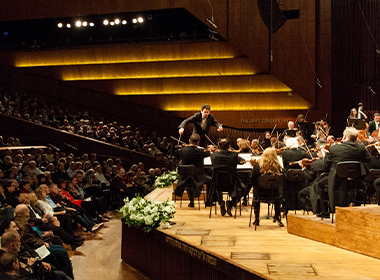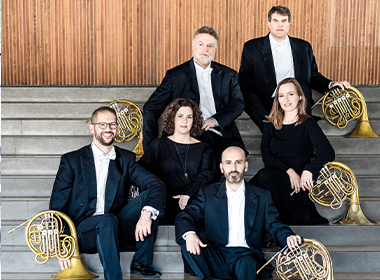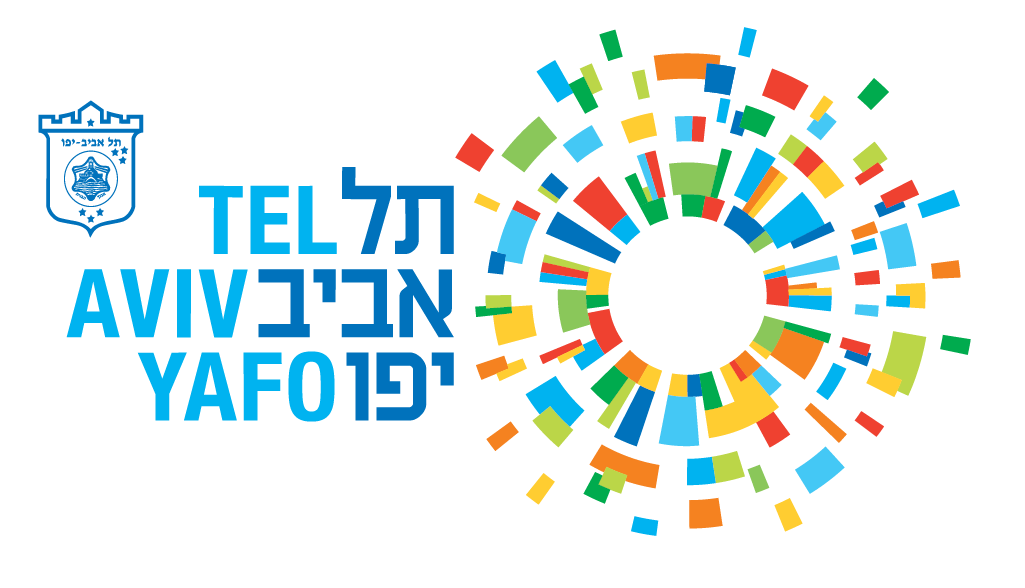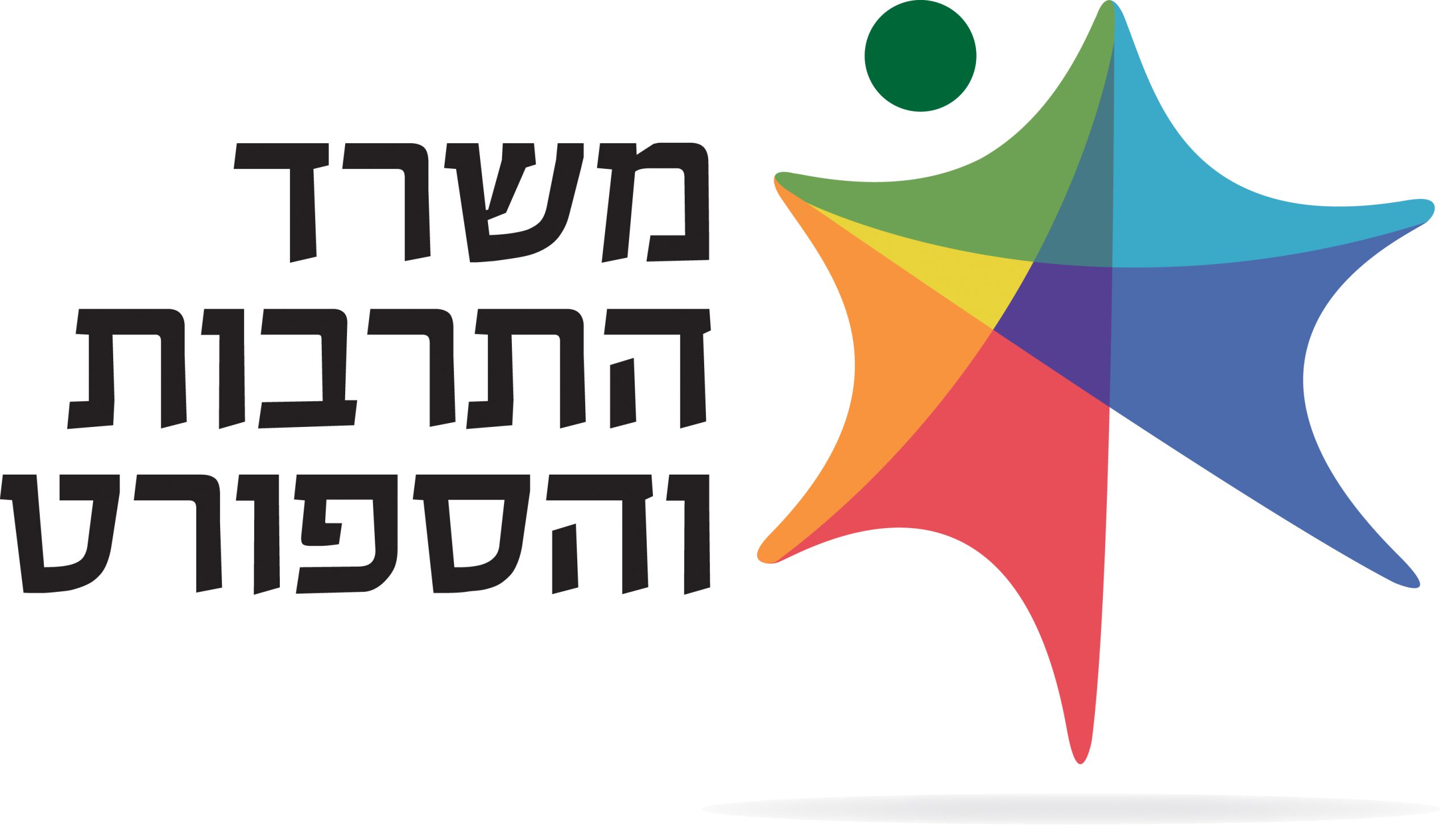Kirill Petrenko, Music Director of the Berlin Philharmonic, will conduct the Israel Philharmonic in a program featuring Brahms’ Third Symphony, Richard Strauss’ Till Eulenspiegel and Mozart’s Piano Concerto no. 24 with pianist Tamara Stefanovich. Don’t miss it!
One of Richard Strauss’ fascinating qualities is his ability to identify a good story and to give it the best musical treatment possible. For instance, he understood that Oscar Wilde’s Salome should receive an operatic setting, while Nietzsche’s Also sprach Zarathustra could be the basis for a symphonic poem – an instrumental work inspired by a popular literary source. At a certain stage, Strauss thought that the ninety-five short stories that center round a protagonist, who is part rascal (and some even say a criminal) and part radical named Till Eulenspiegel, could be a basis for an opera. But Strauss was smart enough to see that there was not much chance of creating a “grand” opera from a series of short stories, and decided to use the episodic structure of the Eulenspiegel stories in an instrumental Rondo form, i.e. a work that consists of sections of varying lengths, with an interspersed recurring theme. Strauss found himself identifying with the mischievous character of the work and said (whether seriously or humorously) that he “merely wanted to give his audience an opportunity to have a hearty laugh in the concert hall”. But, one must remember that it is not easy to write an amusing symphonic work. Music history is full of “tragic overtures” and reflective and pensive works, but it seems that there aren’t many lighthearted or even markedly joyful pieces. Strauss seemingly makes the orchestra sound absurd. In his book “The Rest is Noise”, Alex Ross writes “[…The work is full of] melismatic violins resembling violinists who play in cafés, the brass play trills, groans and raucous glissandi, clarinets make high squeals of Klezmer musicians at a wedding”. The work gained immediate success, and the Eulenspiegel stories and Strauss’ music eventually received a fully staged performance in Vaslav Nijinsky’s ballet of 1916, which was also highly successful.
Musical research is intriguing and often surprising. One can always delve into “great” historic detail. For instance, when Piano Concerto no. 24 was written (in 1786, a very prolific and successful year for Mozart) and when and where the concerto was performed (in April that year, at the Burgtheater in Vienna, with Mozart conducting and playing the solo part). But one can also learn interesting things from lesser technical details. For example, we know that Mozart intended this concerto to be performed by a large orchestra (this is the largest orchestra in all of Mozart’s piano concertos), simply because Mozart used sheet music with 16 lines, as opposed to his “regular” sheets that contained 12 lines only. We also learn from Mozart’s letters that he did not write the entire piano part in the score, but, rather, sufficed with thematic “reminders” that served him in the premiere (he later wrote in the part in its entirety). In this Concerto, Mozart makes outstanding use of the large orchestra. There are significant parts for the winds, and the second movement almost sounds like a concertante for piano and winds. All three movements have thematic depth, use of chromatics and minor-key sonorities that are rather rare in Mozart’s piano concertos (this is one of the two piano concertos in a minor key). Structurally, the third movement is surprising, beginning as a conventional Rondo but ending with a theme and variations section. This concerto did not elude Beethoven, who considered it an important work, and some find a thematic and orchestral similarity between it and Beethoven’s Piano Concerto no. 3 in the same key.
Shoshana (Damari) or Yafa (Yarkoni), Ronaldo or Messi, Brahms or Wagner. Artistic-personal scandals fill the pages of history. The well-covered feud between Wagner followers and Brahms supporters has produced some especially vicious and snide remarks, even during a time when Brahms enjoyed a great reputation as an important symphonist. After the premiere of his Third Symphony one of the music critics of the time wrote: “Like most works by Brahms, this symphony is also dry, seemingly sophisticated, but actually lacks all spontaneity or a sense of ‘natural’ flow.” Contemporary composers may find consolation in the fact that it also took sophisticated listeners years to understand the lyricism and emotion that pervade Brahms’ works, and in this case history determined the fate of his symphonies, making them favorites of performers and audiences alike. Brahms completed the work in the summer of 1883, at a time when his reputation as a symphonic composer was already established. He was a private and introvert man, who refrained from enclosing details about his personal life and how it affects his writing. The “themes” of his large symphonic works are always musical, and contrary to Schumann, Berlioz, Tchaikovsky or Strauss, Brahms does not refer in any way to extra-musical themes. The world that Brahms creates in his symphonies is consistent, rich, precise and detailed. He chooses a limited number of themes and passes them through a harmonic and rhythmic prism with sophisticated orchestration. He creates a world of textures that vary in degree, of spectacular solo passages for orchestral instruments and of complex rhythms. Even though he was a private and introvert man, Brahms was very sensible. For instance, here is a story of two versions of an arrangement for two pianos that the composer wrote prior to the premiere of Symphony no. 3 (before the era of recordings, people used to “listen” to a work before or after its public performance by playing an arrangement of it at home). The first copy was given to the foremost critic at the time, a staunch admirer of Brahms – Eduard Hanslick. Hanslick heard the two-piano version of the piece before the official premiere, and after the concert described it as “a festival for every music lover and musician… This is the most perfect work written by this creator to date.” And the second version was sent to a no less important person, the beloved pianist Clara Schumann, who wrote to Brahms: “What a work! What musical lyricism! What an amazing harmonic world envelops this work… All its movements seem like one unit, like one heartbeat.” With Hanslick and Clara on his side, Brahms was ready to conquer the world. On a contemporary note – it turns out that this symphony is quite in demand in the current pop culture: In the 2013 film, “Kill Your Darlings”, the third movement theme is used three times, twice in original full orchestra scoring and once in piano transcription. The Russian gymnast Anastasia Grishina used a theme from the symphony as her floor music at the London 2012 Olympic Gamers and the 2005 computer game, Civilization IV, uses the symphony as part of the soundtrack for the Industrial Age.








 Back to top
Back to top





